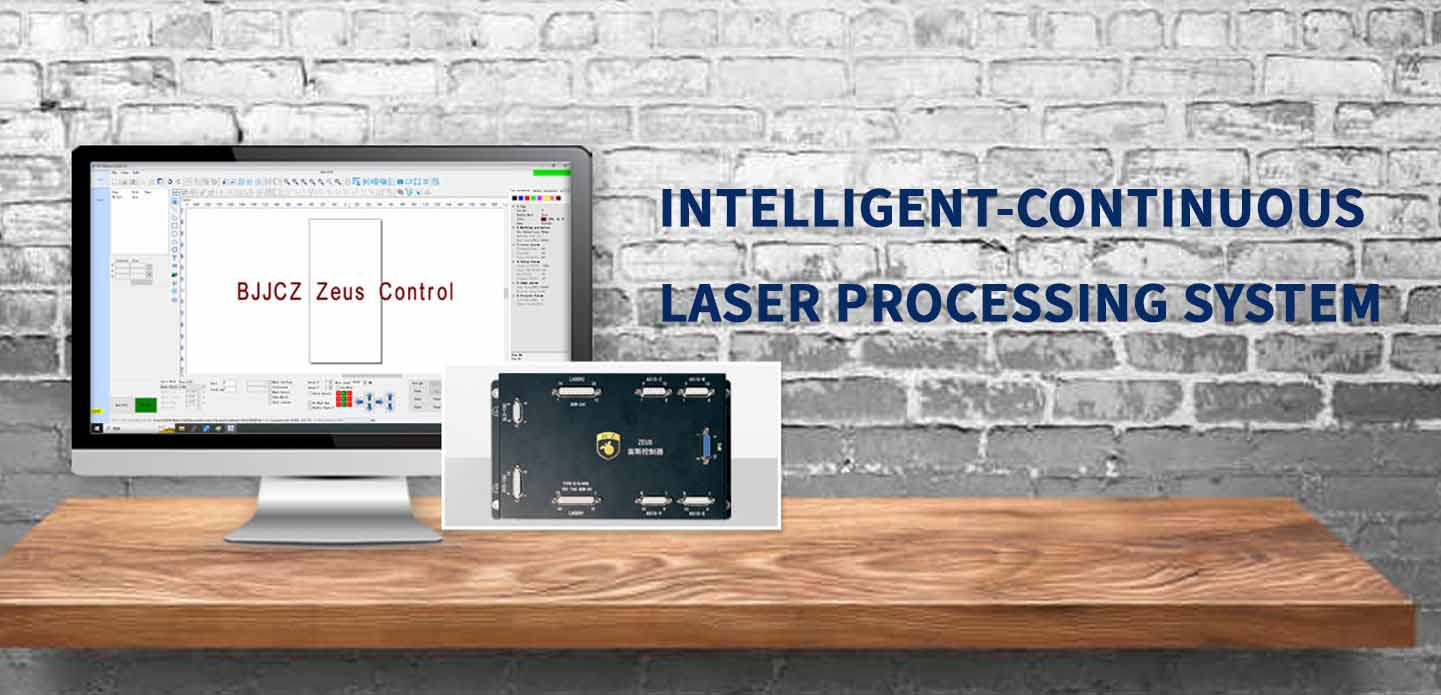In the world of laser technology, the 40W CO2 laser stands out as a versatile and powerful tool used across various industries. Offering high precision, efficiency, and a range of applications, these lasers have gained popularity in fields such as manufacturing, medical, and creative arts. This article serves as a comprehensive guide to understanding 40W CO2 lasers, exploring their functionality, benefits, applications, maintenance, and best practices to maximize their potential.
Understanding 40W CO2 Lasers
A CO2 laser operates by injecting electrical energy into a gas mixture primarily composed of carbon dioxide, nitrogen, and helium. The result is the generation of a focused beam of infrared light, which is emitted through a resonator. The 40W designation refers to the power output of the laser, indicating its capability to perform various tasks depending on the material being processed.
Unlike other types of lasers, such as fiber or diode lasers, CO2 lasers are particularly effective in cutting, engraving, and marking non-metallic materials. This capability makes them favorable in numerous applications, including wood, acrylic, textiles, and some plastics.
Benefits of Using 40W CO2 Lasers
1. Precision and Detail: CO2 lasers are renowned for their ability to deliver intricate and accurate cuts and engravings. This precision is especially beneficial for applications that require detailed designs.
2. Versatility: A 40W CO2 laser can handle a variety of materials, which is essential for businesses that require flexibility in their production processes. This adaptability allows users to switch between materials with ease.
3. Cost-Effectiveness: While the initial investment in a CO2 laser may seem significant, the operational costs are relatively low. The long lifespan of the laser tube and the minimal maintenance required contribute to its overall cost-effectiveness.
4. Clean Cuts: One of the standout features of CO2 lasers is their ability to produce clean cuts without the need for additional finishing. This quality reduces the time and resources spent on post-processing work.
5. Safe Operation: When used correctly, 40W CO2 lasers can be very safe. They are equipped with numerous safety features to protect operators.
Applications of 40W CO2 Lasers
The versatility of 40W CO2 lasers allows them to be used in a wide range of applications. Some notable examples include:
1. Woodworking: In the woodworking industry, 40W CO2 lasers are frequently used for cutting, engraving, and marking wood products. Whether for creating intricate designs on furniture or crafting decorative items, these lasers excel in delivering high-quality results.
2. Textile Industry: The textile industry benefits greatly from 40W CO2 lasers for cutting fabrics with precision. Their ability to cut through various types of fabric without fraying edges makes them ideal for apparel, home décor, and custom design projects.
3. Sign Making: Sign makers often turn to 40W CO2 lasers for engraving and cutting signs from materials like acrylic or wood. The precision of the laser ensures clean lines and professional-looking results.
4. Medical Applications: In the medical field, CO2 lasers are used for various procedures, including skin resurfacing and surgical applications. Their precision allows for minimally invasive procedures with reduced healing times.
5. Crafting and Hobbyist Projects: Small business owners and hobbyists utilize 40W CO2 lasers for creating bespoke items, from personalized gifts to intricate designs for art projects. The ease of use and precision makes them appealing for DIY projects as well.
Best Practices and Maintenance
To ensure optimal performance from a 40W CO2 laser, attention to maintenance is crucial. Here are some best practices to follow:
1. Regular Cleaning: Keeping the lenses and mirrors clean is vital for maintaining performance and preventing any degradation in beam quality. Use appropriate cleaning solutions and materials to avoid damage.
2. Correct Calibration: Regularly calibrate the laser to ensure accurate cutting and engraving. Misalignment can lead to poor quality results and wasted materials.
3. Material Testing: Prior to a large project, conduct test runs on sample materials. This practice allows users to determine the optimal settings for speed, power, and frequency, ensuring the best results.
4. Safety Precautions: Always operate the laser with safety in mind. Wearing appropriate protective gear, ensuring proper ventilation, and following the manufacturer’s guidelines can significantly mitigate risks.
5. Software and Settings: Familiarize yourself with the software used to operate the laser. Knowing how to adjust settings can enhance creativity and offer more precise control over the finished product.
In conclusion, 40W CO2 lasers are an indispensable tool in many industries, providing precision, versatility, and cost-effectiveness. By understanding their capabilities, exploring their applications, and adhering to best practices, users can fully leverage the advantages offered by this remarkable technology. Whether you’re involved in manufacturing, crafting, or medical procedures, a 40W CO2 laser may just be the perfect addition to your toolkit, unlocking immense potential for creativity and efficiency.
由用户投稿整理稿件发布,不代表本站观点及立场,仅供交流学习之用,如涉及版权等问题,请随时联系我们(yangmei@bjjcz.com),我们将在第一时间给予处理。






